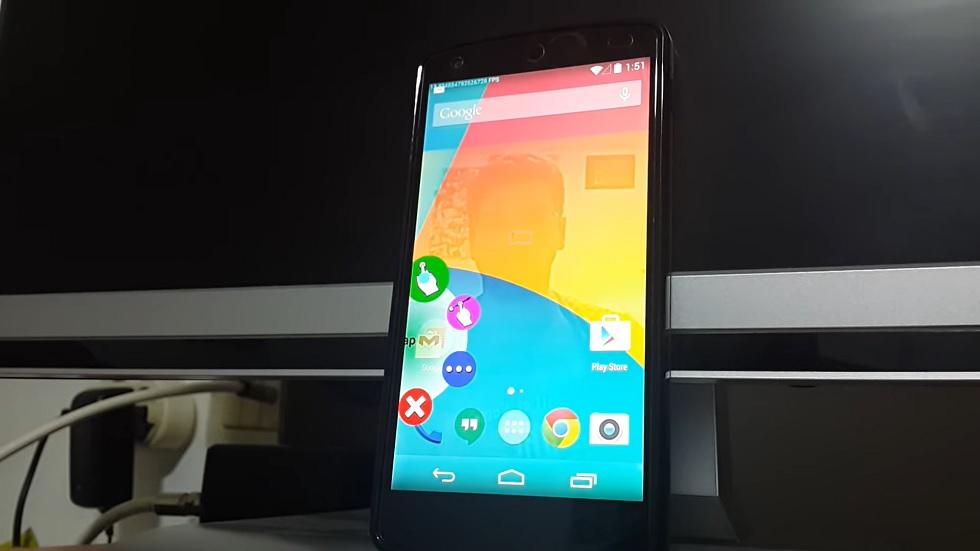It is great to see tech advances to assist people with disabilities function without difficulties.
Many companies like Arcatron, Mobility India and BleeTech are innovating devices and gadgets to help people with various challenges have a hassle-free experience.
Assistive devices can help students with impairments have effective learning experiences without their challenges coming in the way. Assistive devices aid students with impairments and add accessibility and efficiency to their learning journey.
Here's a list of top assistive devices that can help learners with a learning disability like Dyslexia, Mobility Challenges, Paralysis, Cerebral Palsy, Vision Impairment, Social challenges or isolation and Speech Impairments.
The Sesame Phone
Smartphones can help people with disabilities through various apps and software. But to operate the device, mobility challenges can be a hurdle. The Sesame Phone is a touch-free mobile phone that allows the user to control the device with head movements. It is based on the Google Nexus 5 and uses the Nexus's ready-made accessibility features. The phone can be easily opened by speaking the phrase "open sesame" into the mouthpiece. Once the device starts, the front camera will track the user's head movements, and the user's head movements can control a cursor on the screen. This ease of operation allows the user to make calls, send texts or emails, use apps and more. Ideally, the phone is designed to track small head movements. However, you can change the settings and alter the camera's sensitivity to a level that suits you.
Sesame has expanded its range of products that can be used with Windows for PC (which controls your laptop using just your head) and tablets. The company has also launched the Talking Keyboard, one of their newest product which allows users to type, hands and voice free completely.
Ideal For: The device is ideal for people with Congenital limb differences, Spinal Cord Injuries, Amyotrophic lateral sclerosis, Multiple Sclerosis and other conditions leading to paralysis.
RNIB Orbit Reader
Think of orbit reader as an enhanced Braille display device. The Orbit reader is a small, portable braille reader that offers a radically lower entry-point for blind Braillist everywhere. The device features 20 refreshable eight-dot braille cells, provides the ease of reading books through an SD card, aids in simple note-taking, and has Bluetooth and USB connectivity.
The user can read content from an SD card inserted into the back of the device's unit. Users can prepare the material, download it as brf, brl or txt files, and transfer them to the SD card provided. Users can use any braille code, in any language and of any genre, including music, maths, or your favourite book. The Orbit Reader also comes with pre-installed content, including a variety of books and a dictionary. The device also has a Bluetooth connectivity option allowing you to connect to your smartphones or Kindle device and access books through the reading apps such as Kindle, Adobe Digital Editions or iBooks. Your device's screen reader performs the translation into braille to give you a quick braille output on your Orbit Reader 20. The device has Eight braille input keys & space bar, two panning control bars, and a Five-way arrow & select control keys. The device also has Simple note-taking capability and comes with a Micro-B USB charging/communication port, which means no hassle of cables or batteries.
Ideal For: The device is helpful for people with partial or complete vision impairment.
The AV1 Robot
AV1 Robot is a telepresence robot from No Isolation. The company uses technology to enable children and young adults to participate in everyday school life and socialise who are in isolation due to long term illness or any condition that might have excluded them.
The AV1 robot is a short (smaller than a ruler) device with a speaker, camera, microphone, 4G connection, Wi-Fi antenna, and battery. The device is lightweight and weighs less than a kilogram. The device is light enough to be picked up and carried around my kids so they can always be part of the group. The device acts as the voice and ears of your child. This robot provides a class-like feeling to students in isolation and makes it possible to receive education from class at home through an app on the user's smartphone.
It also allows users to stay connected with friends and participate in different school activities if they want to. AV-1 comes fitted with two motors that enable the user to lower and raise its head and swivel it 360 degrees. This ensures that the child can view everything happening in the class.
Ideal For: The robot is ideal for kids dealing with isolation due to illness or other conditions.
Microsoft's Learning Tools for Dyslexia
Not a device, but Microsoft's Learning tools are designed with dyslexic users in mind. The suite of tools allows users to alter the way text appears on the page. It has an 'Immersive Reader' mode that hides toolbars and other distractions, allowing the user to change the font and line spacing without really altering the original document. There are tools that can identify sentence components, page tinting options, and aid line focus and tracking. It also has a 'read aloud' feature, which highlights words as they are read.
Ideal For: These tools are ideal for helping students who struggle with reading, have dyslexia or have other learning disabilities.
Tobii Eye-Tracking
Tobii Eye-Tracking is beneficial for people with minimal movement or significant issues with speech. Eye-tracking is a sensor technology that enables a smart device to determine what the user is looking at the gaze point. The tracker can detect the attention, presence, and focus of the user. The device facilitates a natural way of communication for people with limitations with machines and devices. This ability to control a computer using eyes is beneficial for people who cannot speak or use their hands.
Ideal For: The gadget is ideal for people with speech impairments or mobility challenges.
